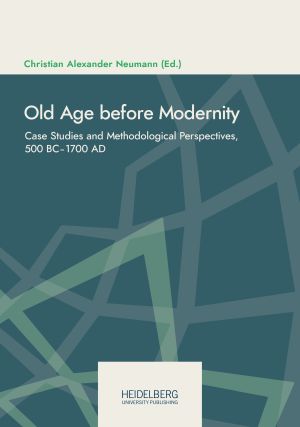Zitationsvorschlag
Lizenz (Kapitel)

Dieses Werk steht unter der Lizenz Creative Commons Namensnennung - Nicht-kommerziell - Keine Bearbeitungen 4.0 International.
Identifier (Buch)
Veröffentlicht
Proto-Geriatrics – A Subdiscipline of Late Medieval Medicine under the Banner of Humanism?
Abstract Relating to content, quality and quantity, the nearly 400 years which the European High and Late Middle Ages lasted offer impressive developments in the field of medicine. The broad unfolding of intellectual cultures in the 12th century also led to a modest flourishing of protogerontology with the publication of monograph treatises and special investigations during the High and Late Middle Ages. In terms of content, protogeriatric traditions can be traced back at least to GrecoRoman antiquity; but until modern times, they did not constitute nuclei for an independent specialist discipline. This chapter will start with methodological considerations concerning the search of relevant text types. Then I will present the High and Late Medieval development of this special medical knowledge. I will try to identify the most essential sources, authors, and contents of naturalphilosophical and medical research on old age during those times. Subsequently, some examples of the reception of this protogeriatric knowledge in other, nonmedical texts will be discussed. Above all, letters written by the humanist Petrarch disclose the links between late medieval (scholastic) medicine and the humanities. Finally, two great protogerontologicalgeriatric works by Marsilio Ficino and Gabriele Zerbi – both published in 1489 and both written by humanistic authors – are examined to learn whether this was the starting point of a fundamental new development in protogeriatrics.






